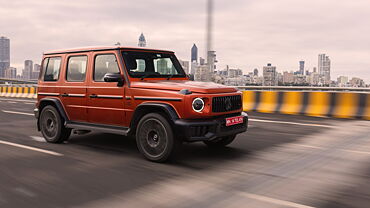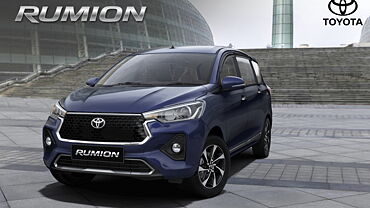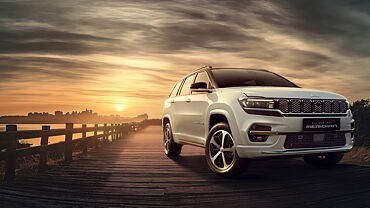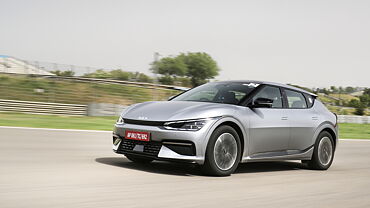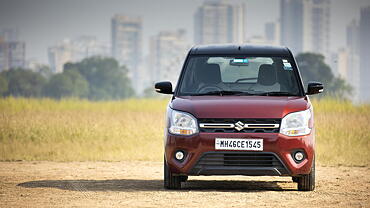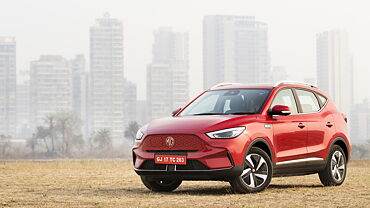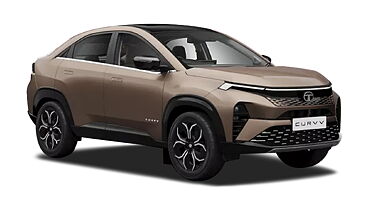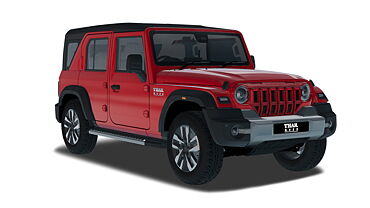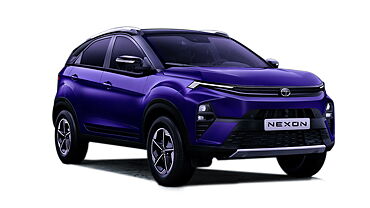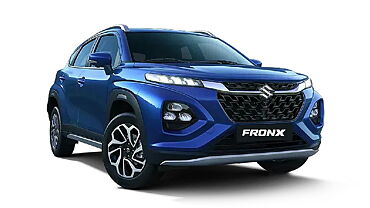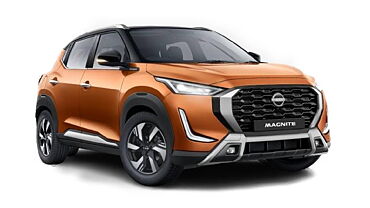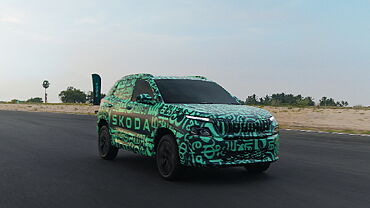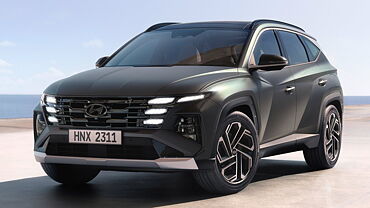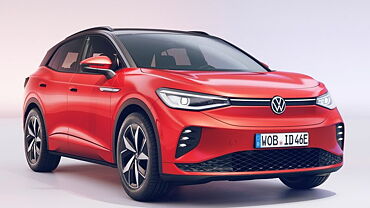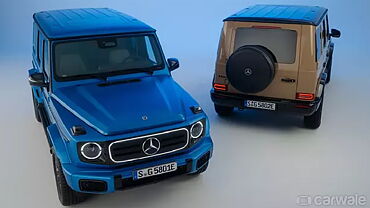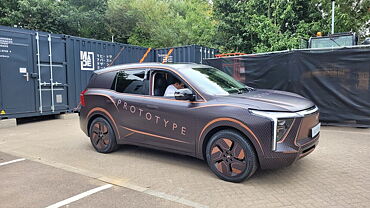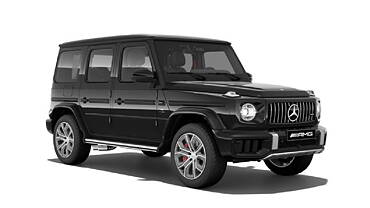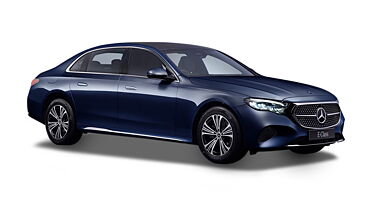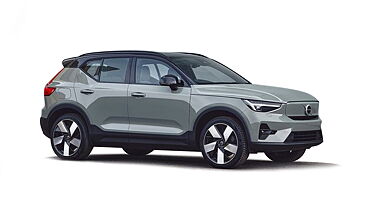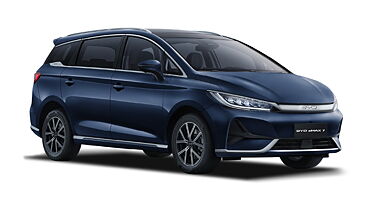
Why I would buy it?
- Enhanced range
- Faster charging option for all Max variants
- Cost-effective to use daily
Why would I buy it
- Hassle of charging
- Looks identical to the standard Nexon EV
- Limited charging infrastructure
Performance
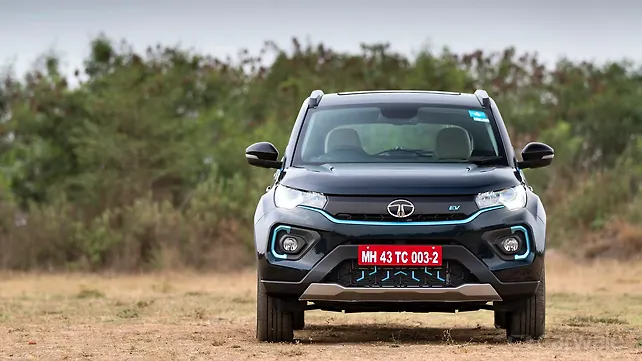
The standard Tata Nexon EV has a claimed battery range of 312km. With the new Nexon EV Max, Tata Motors aims to provide a better claimed range of 437km to the buyers on a single charge. The SUV is powered by an IP67 rated 40.5kWh lithium battery pack as against the 30.2kW lithium polymer one on the existing one. This bigger battery comes mated to a permanent magnet synchronous AC motor, delivering 141bhp and 250Nm of torque. Though this car is 100kg heavier than the existing EV, it still does make quick progress. After all, Tata claims a 0-100kmph sprint in under nine seconds. So, it still has that pulling power and doesn't feel like it will face any challenge uphill. However, we shall ascertain that later when we get it for a full-fledged road test. For now, we'll focus on the city conditions where it certainly will be used most of the time.
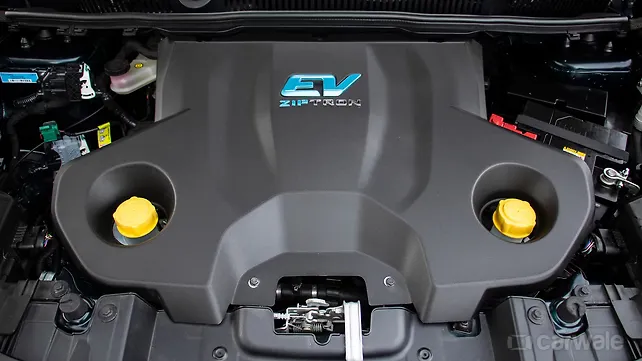
Also, this time, apart from the three driving modes (Eco, City, and Sport), the carmaker has added four-level regenerative braking. This multi-mode helps the driver choose a setting according to his driving style to maximise energy. Yes, 0 has no regen, but 1,2, and 3 add varying levels of braking and eventually — energy recuperation. Then, it all depends on driving comfort, different situations, and terrain. It uses a single-speed transmission for an automatic-like drive and better bearings to minimise the rolling energy loss. After all, Tata says that 79 per cent of buyers get this car for personal usage, 85 per cent of these self-drive, and more than 95 per cent prefer home charging. So the more energy you save, the better.

That said, one can now opt for an uprated 7.2kW that will help the car charge fully within 6.5 hours as claimed. Another good thing is that this vehicle gets a CCS2-type charging port, so it can also support public charging standards. The biggest advantage of this is that if you find a 50kW DC charging outlet, it can charge from 0 to 80 per cent in 56 minutes. Yes, just under an hour! Also, do note, that Tata Motors continues to offer the 3.3kW AC charger, which takes about 15 hours to charge from 10 to 100 per cent from any 15A socket. So, prospective buyers can opt for any of these AC chargers and install them at their home or office. Well, all these are claimed figures though and shall be put under the CarWale’s test cycle soon.

Ride and Handing

The ride on this SUV continues to be absorbent and comfortable for the occupants, be it at slow or high speeds. The increase in weight by 100kg includes 70 per cent enhanced capacity of the battery and other halo features. The cells remain the same lithium polymer batteries, so the battery pack is larger in terms of size as well. As a result, the ground clearance is down by 10mm but frankly, it didn’t make any big difference while going over speed bumps, thanks to the 205mm clearance and 16-inch wheels. Over the existing Nexon, cell packaging has gone up by 6-7 per cent but engineering changes have been kept minimal while accommodating this bigger battery pack.
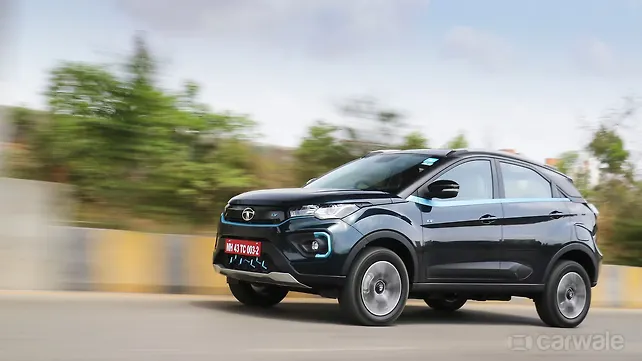
The Nexon EV Max continues to be easy to drive. Given its compact footprint, we know how easy the Nexon is to drive and this is just as capable. Yes, it’s heavy and has a tall stance, but it still offers a good balance of agility and stability. Even the responsive steering weighs up steadily and requires minimum effort from the driver to manoeuvre the SUV. Besides, now the ABS-equipped front disc brakes get additional help from the newly-equipped rear disc set-up increasing the braking power for this EV. We shall still have an in-depth idea on this later through our V-Box tests, when we get more time to spend with the car.
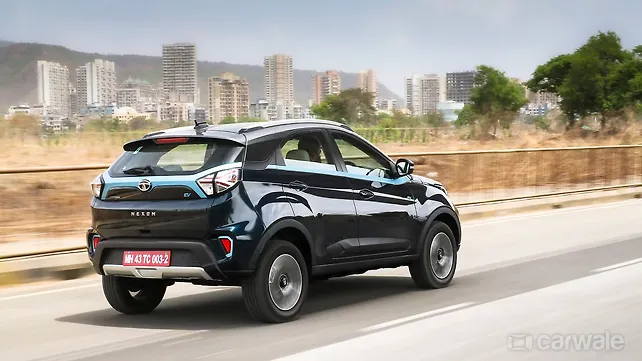
Exterior
This EV Max is basically another version of the Nexon EV and thus design or dimension-wise, nothing has changed. However, buyers will get three exterior colour options with dual-tone shade as standard. Also, a new five-spoke alloy wheel pattern adds to the appeal of what I think is still the best-looking compact SUV yet.
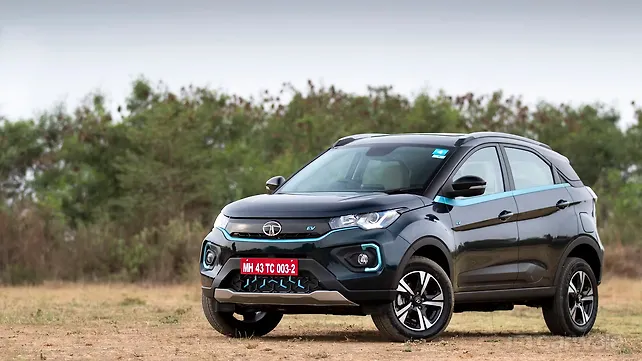
Comfort, Convenience, and Features

Inside its cabin too, there are only a handful of changes. The most prominent one is the new Markana beige upholstery in this XZ+ Lux variant which brightens up the interior. Meanwhile, the shade of beige and white is still offered with the standard Nexon EV. Also, despite the increase in the size of the battery pack, the floor isn’t modified and doesn’t make any big difference to the interior space, which remains to be a fairly spacious cabin. Even the boot space hasn't changed from 350 litres and still accommodates the full-size spare wheel.
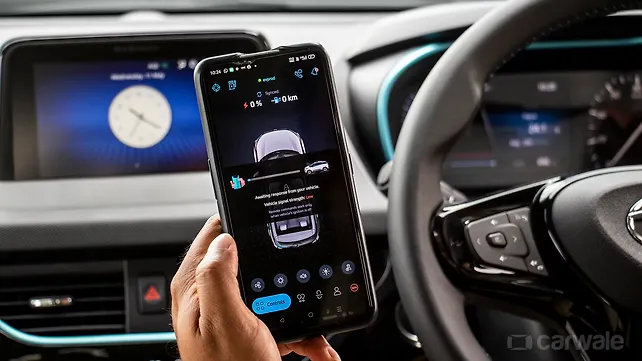
Feature-wise, the Nexon EV Max includes ventilated front seats, an air purifier, wireless charging, an electric sunroof, cruise control, and an illuminated gear selector dial with separate buttons for the drive modes. Other features are carried over from the exhaustive equipment list, like automatic climate control, cooled glove box, auto-dimming IRVM, TPMS, and a touchscreen infotainment system with Apple CarPlay and Android Auto.
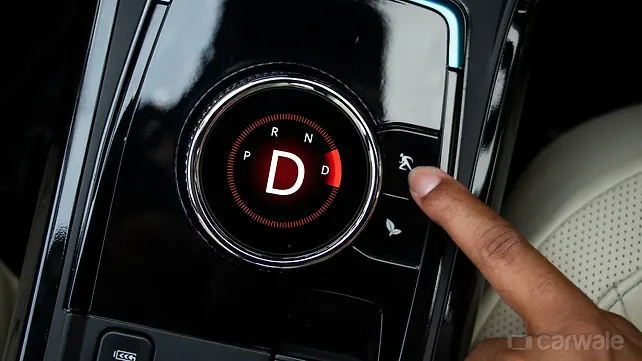
Even on the safety front, there are dual airbags, all-disc brakes, ABS with EBD, and a reverse camera with dynamic guidelines. Then, there’s hill-hold and descent control along with a traction control system. What’s more, the brake lights come on when the regen happens. Still, it would have been a delight to have four airbags for added safety. Lest we forget, there’s the ZConnect app that offers 48 connected car features. Additionally, there’s auto/manual DTC check, setting a limit for charging, monthly vehicle reports, enhanced drive analytics, and smart-watch integration. What’s more, the carmaker provides an eight-year/1,60,000km warranty on the battery pack and motor.
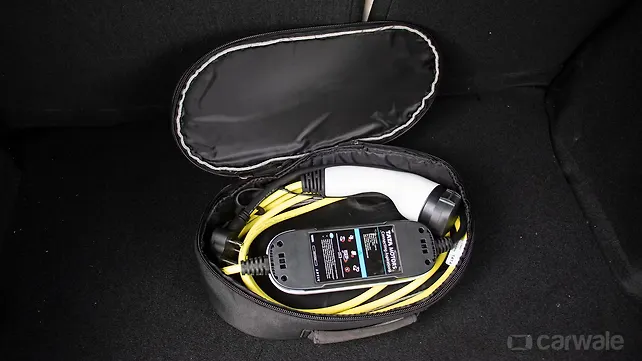
Conclusion
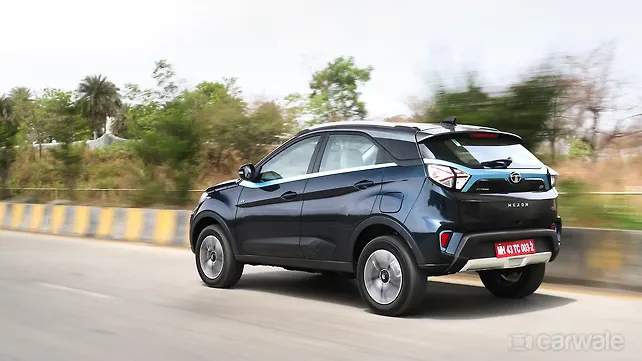
The asking price for the Tata Nexon EV Max ranges from Rs 17.74 lakh to Rs 19.24 lakh (ex-showroom). Also, it costs around Rs 1.8 lakh more than the standard EV. But then, for this premium, you get about 35-40 per cent more range and quite a lot of premium features. So, unless you find the whole charging process a hassle, or its price considerably higher than the ICE-powered siblings, the only thing that might make you re-think before buying this is the limited resources to charge the vehicle. But then remember, Tata Motors started with 50 chargers in five cities and now has 1,300 of them in more than 200 cities. That said, I’ll still say that for a slight premium, just get the 7.2kW charger for faster charging. Now overall, be it for its enhanced range, cost-effectiveness to use daily, or even for all the SUV traits in an electric vehicle, the Nexon EV Max is a good proposition to buy.
Pictures by Kaustubh Gandhi

